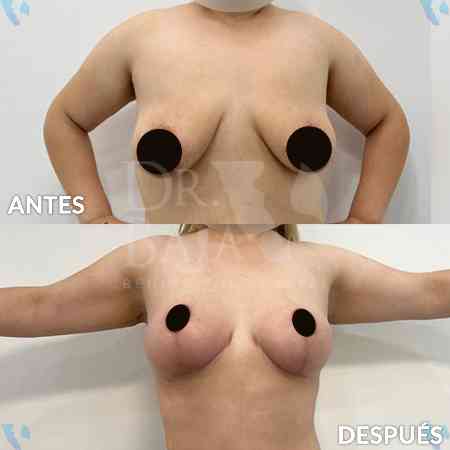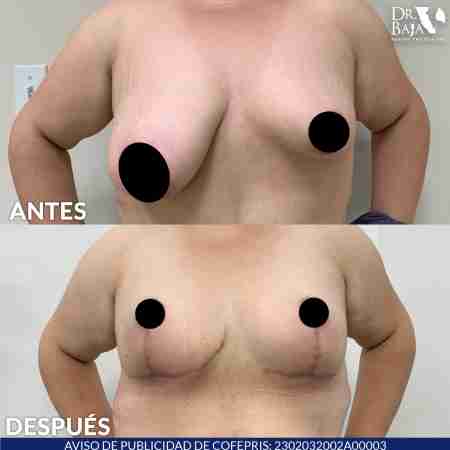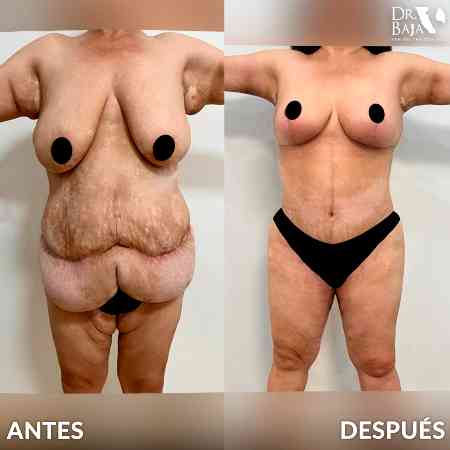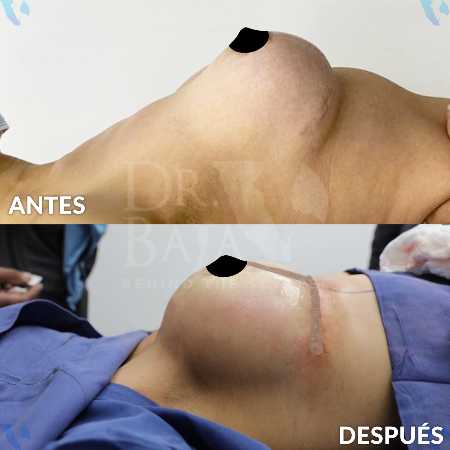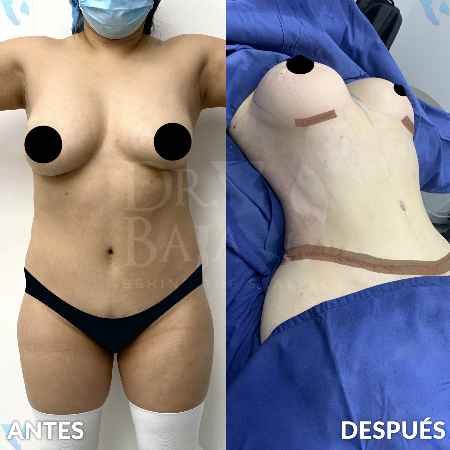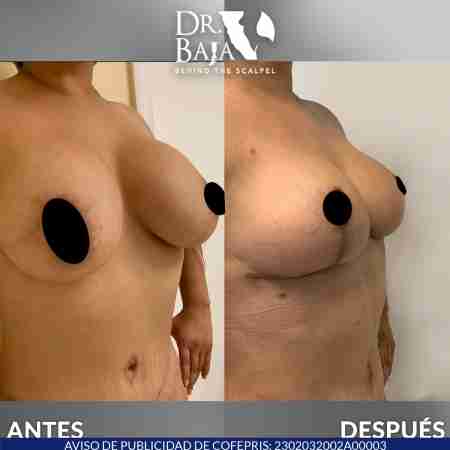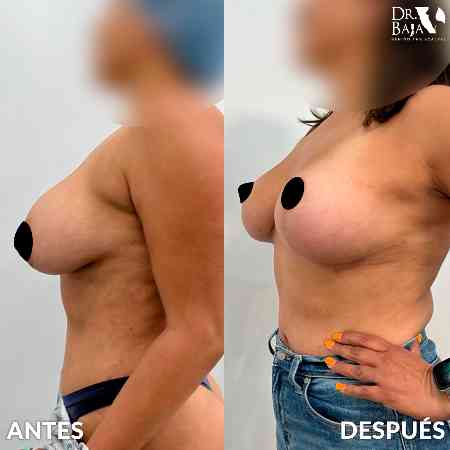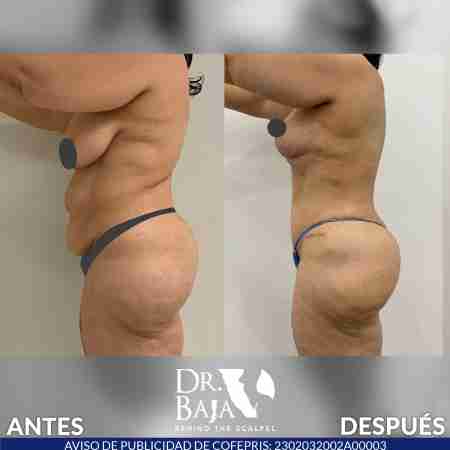If you are thinking about getting a mastopexy, choose a certified cosmetic surgeon for a safe and successful surgery. Dr. Renato Rodríguez has a lot of experience and has achieved amazing results, where he can restore the firmness of your breasts. His skills have helped many patients feel happier and more confident.
We understand the importance of this choice and are here to support patients at every stage, providing information and addressing questions from pre-examinations to post-surgery recovery. Our priority is to ensure that you feel comfortable and safe at all times.
Mastopexy or breast lift is a surgical procedure used in patients with a certain degree of breast ptosis; it removes excess skin from the breasts to lift them and restore their original shape, enhancing their appearance and firmness.

The times may vary depending on the patient.
Procedure duration
2 - 3 hours
Discomfort time
1 day
Recovery time
10 days
Type of anesthesia
Block with sedation
Necessary hospitalization
Yes
Breast ptosis is when the breasts are sagging or drooping. This can happen due to aging, pregnancy, weight changes, genetics, or hormonal imbalances. It is classified as mild, moderate, or severe, depending on the severity.
To correct breast ptosis, a mastopexy or breast lift is performed, which involves removing excess skin, reshaping breast tissue, and repositioning the nipples. The choice of the mastopexy technique and the extent of the incisions will depend on the severity of the ptosis and the patient's goals.
There are several mastopexy techniques available, and the choice of the appropriate technique depends on the degree of breast ptosis, breast size, skin quality, and the patient's goals. Some of the most common mastopexy techniques include:

This technique involves making a circular incision around the areola. It is the least invasive option and is suitable for mild cases of breast ptosis. It is primarily used to lift the position of the areola.

In this technique, incisions are made around the areola and a vertical incision that extends from the areola to the breast crease. It is used to treat moderate ptosis and allows for greater breast reshaping.

This technique involves incisions around the areola, a vertical incision, and a horizontal incision in the breast crease. It is suitable for severe cases of ptosis and allows for significant breast reshaping.
Includes: Surgeon's fees, surgical equipment, operating room, and one-night hospital stay. Additionally, post-surgical follow-up appointments necessary until discharge are also covered.
Not included: Post-surgical garments (bra), pre-operative tests, and necessary medications.
Mastopexy lifts sagging breasts without increasing their size, improving their shape and position, whereas breast augmentation involves adding implants to make the breasts larger, without addressing sagging. In some cases, both procedures can be combined if you're looking to both lift and increase breast size.
A good candidate for a breast lift is typically a woman with sagging or drooping breasts who is in good health, not planning a near-term pregnancy, and has realistic expectations. However, the final assessment should be done by a certified cosmetic surgeon, as circumstances vary from person to person.
Yes, it is possible to combine a breast lift with other cosmetic procedures, such as breast augmentation, liposuction, or abdominoplasty, in a single surgery, known as a mommy makeover. This can reduce the recovery time and costs but also increases the surgical time.
The results of a breast lift are typically long-lasting, maintaining a more lifted and firm breast appearance for many years, although their duration varies based on individual factors. Over time, breasts may experience some degree of aging and relaxation. Maintaining a healthy lifestyle, wearing a good supportive bra, and following the care instructions provided by the cosmetic surgeon can help prolong the results.
Yes, the scars in mastopexy surgery vary depending on the technique used to lift the breasts. In some cases, only a incision around the areola is made, while in most cases, a second vertical incision from the areola to the breast crease is required. When the breasts are severely drooping, a third incision forming a kind of inverted T is needed, running along the submammary crease.
The medications are analgesics and antibiotics.
The risks and potential complications associated with mastopexy include bleeding, seroma formation, alterations in areolar sensitivity, the risk of infection, and potential issues in the healing process.
Experience an exceptional stay in our recovery apartments, just like vacation rentals! Take advantage of this opportunity and discover everything we have to offer you.
Book now